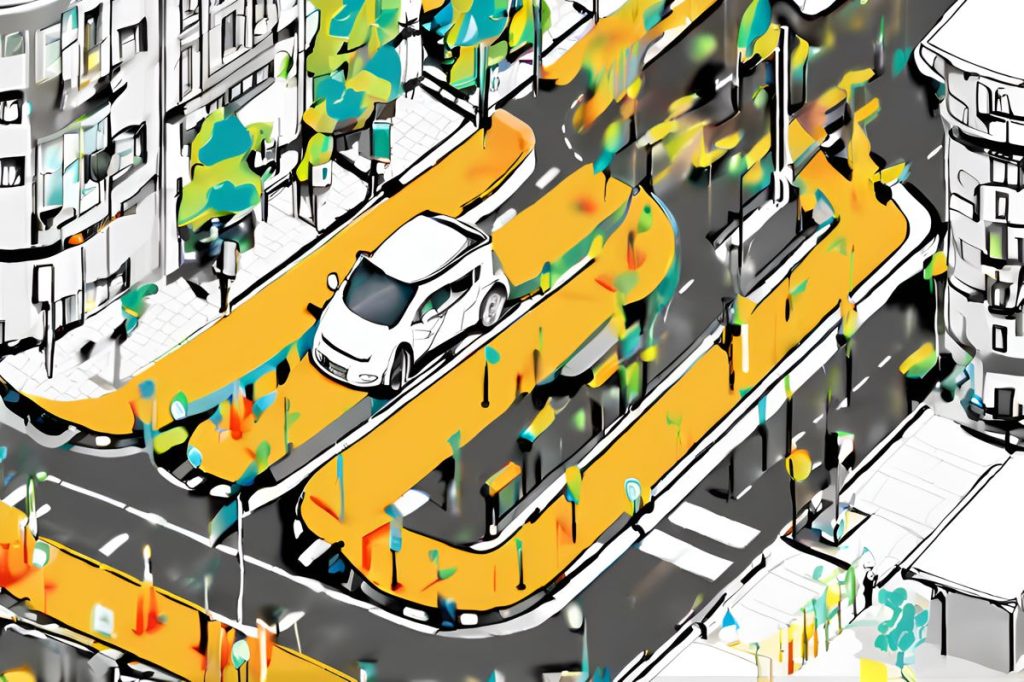Traffic camera fines have brought in substantial revenue, with over €9 million collected from 320,447 issued fines between 2022 and 2024. Despite their financial success, concerns arise about the impact on driver behavior, as speeding violations top the list at 244,665 cases, emphasizing the need for a shift towards deterrence and road safety education.
What is the impact of traffic camera fines on driver behavior?
Traffic camera fines have been effective in documenting violations and generating revenue but may not significantly alter driver behavior. A blend of strict enforcement and education is essential to instill lasting road safety compliance. Legislative reforms and heightened awareness can shift focus from revenue to deterrence, enhancing overall traffic safety.
Revenue from Traffic Violations
Between January 1, 2022, and March 14, 2024, traffic cameras across the region have been instrumental in enforcing road safety regulations. Capturing a staggering 323,176 violations, these cameras have not only acted as a vigilant eye but have also contributed significantly to state revenues. Out of the recorded violations, 320,447 fines were issued, totaling an impressive €9,329,369. Despite this, a substantial number of these fines remain unpaid, with 149,094 cases pending settlement and an additional 24,165 being actively disputed in courts.
Interestingly, the majority of these fines, about 244,665, were for speeding, a common yet dangerous driving behavior. Traffic light violations also made up a significant portion, accounting for 38,726 of the fines. The data presented reveals an alarming trend of non-compliance to speed limits and traffic signals, highlighting the need for ongoing enforcement and driver education.
The Role of Fixed and Mobile Traffic Cameras
Fixed traffic cameras have proven to be a substantial tool in monitoring road safety, recording 137,838 violations in the specified period. However, mobile cameras have surpassed this figure with 202,172 violations, demonstrating their effectiveness in flexible surveillance and enforcement. The dynamic deployment of mobile cameras can act as a deterrent over a wider area, potentially influencing driver behavior to adhere to traffic laws more consistently.
Members of Parliament have noted that while the system appears efficient in capturing violations, there are perceived gaps in its operation. Concerns have been raised that the primary function of the system seems to lean more towards revenue generation than actual deterrence of traffic violations. This perception could undermine the system’s role in improving road safety and therefore requires careful consideration and potential reform.
Legislative Considerations and Traffic Safety
The discussions during the House transport committee revealed a shared agreement on the need for a comprehensive review of the traffic violation detection system. Fotini Tsiridou, a Disy MP, emphasized the importance of alternative legislative proposals to address the issues at hand. Moreover, Prodromos Alambritis of the same party acknowledged the system’s effectiveness but also called for necessary adjustments to ensure its intended purpose is served.
Echoing these sentiments, Kostas Kostas, an Akel MP, pointed to the lack of warning signs on vans equipped with mobile speed cameras as an indication of a revenue-first approach. A more prevention-focused strategy was advocated by Valentinos Fakontis, another Akel MP, who criticized the system’s shift towards becoming a state-operated revenue mechanism rather than a means to enhance road safety and prevent accidents.
Enforcement and Road Safety Education
The effectiveness of traffic enforcement measures is a topic of ongoing debate. As authorities strive to enhance road safety, the balance between enforcement and education becomes increasingly important. The high number of traffic violations and fines indicates that while enforcement can be effective in penalizing infractions, it may not necessarily change driver behavior in the long term.
Efforts to educate drivers about the consequences of traffic violations, the importance of adhering to road safety laws, and the potential impact of their actions on themselves and others could complement enforcement strategies. A holistic approach that combines strict enforcement with educational initiatives may lead to a more profound and lasting improvement in road safety.
In summary, while the traffic camera system has been effective in documenting violations and generating revenue, there is a growing call for a more balanced approach that prioritizes deterrence and prevention. Through legislative reforms and increased focus on awareness and education, the ultimate goal remains to reduce the number of traffic incidents and enhance the safety of all road users.
How effective are traffic camera fines in altering driver behavior?
Traffic camera fines have been effective in generating revenue and documenting violations but may not significantly alter driver behavior. A blend of strict enforcement and education is essential to instill lasting road safety compliance.
What are the major types of violations captured by traffic cameras?
The majority of fines issued from traffic camera violations were for speeding, totaling 244,665 cases. Additionally, traffic light violations accounted for 38,726 fines. These violations highlight the need for ongoing enforcement and driver education.
What is the role of fixed and mobile traffic cameras in enforcing road safety?
Fixed traffic cameras recorded 137,838 violations, while mobile cameras surpassed this with 202,172 violations. Mobile cameras are effective in flexible surveillance and can act as a deterrent over a wider area, potentially influencing driver behavior.
What legislative considerations have been discussed regarding traffic camera fines and road safety?
There have been discussions in the House transport committee about potential reforms to the traffic violation detection system. MPs have emphasized the need for a balance between revenue generation and road safety, advocating for a more prevention-focused strategy through education and awareness initiatives.

